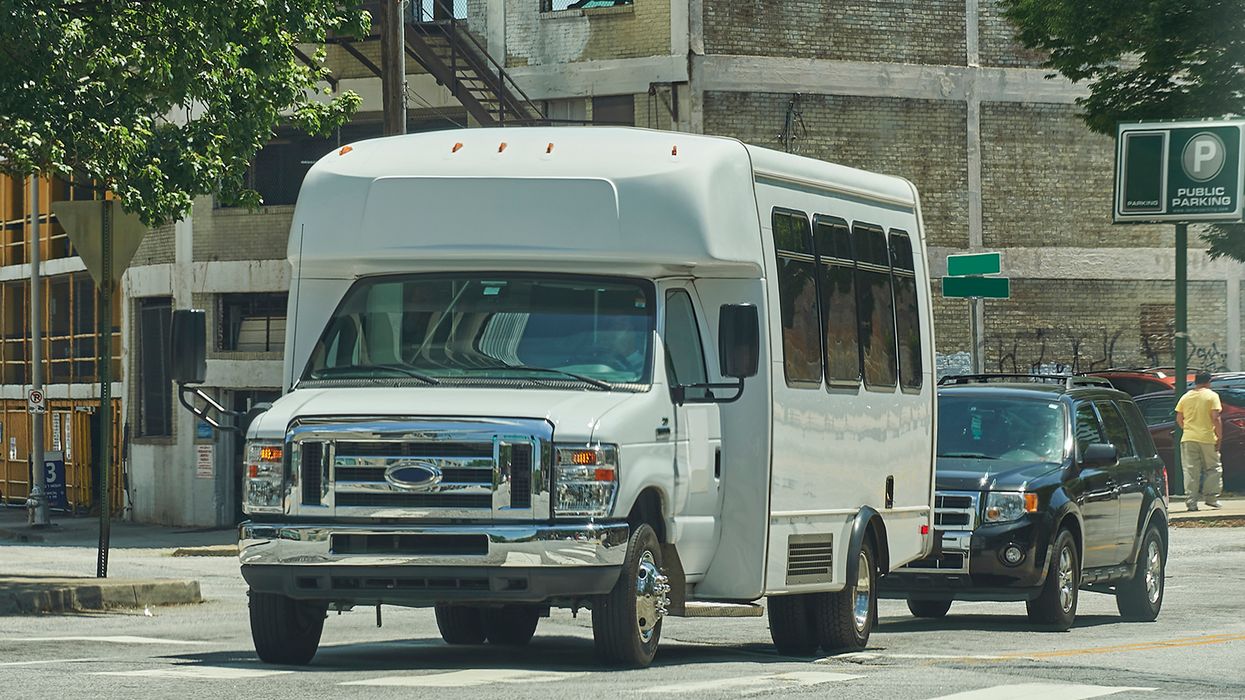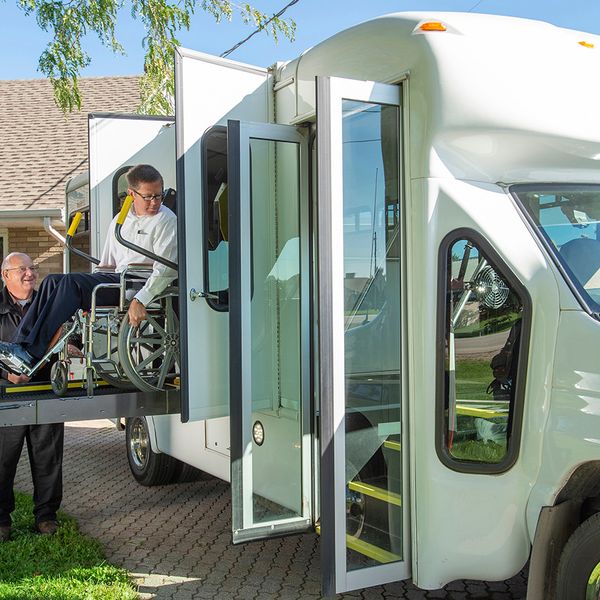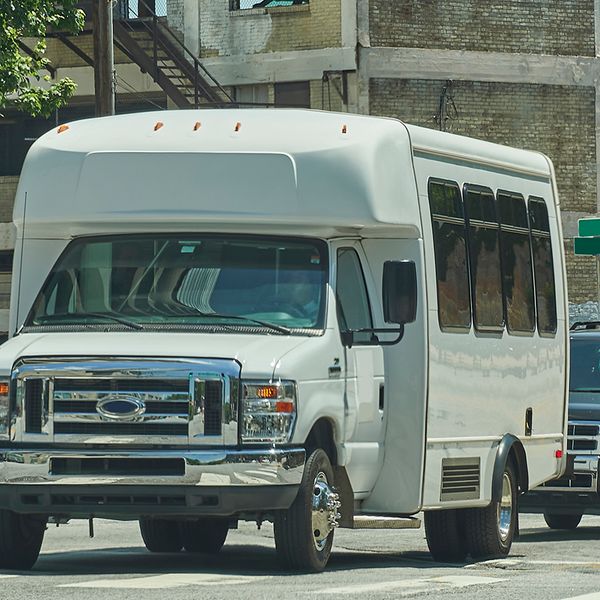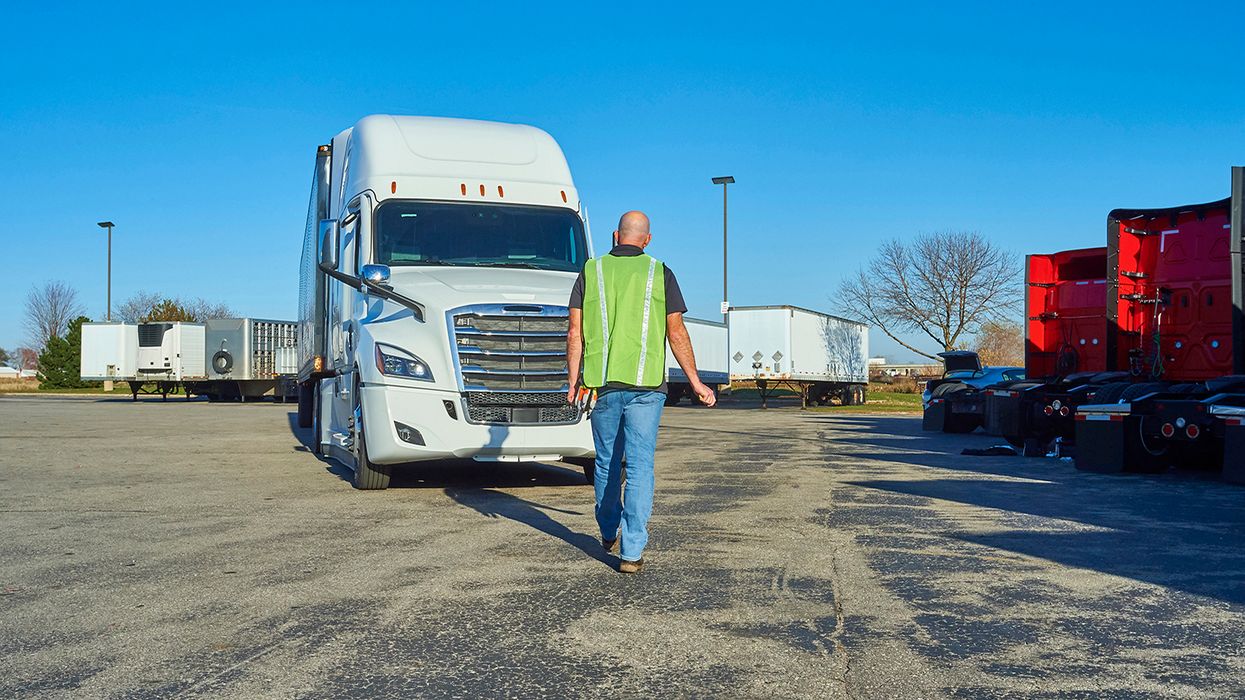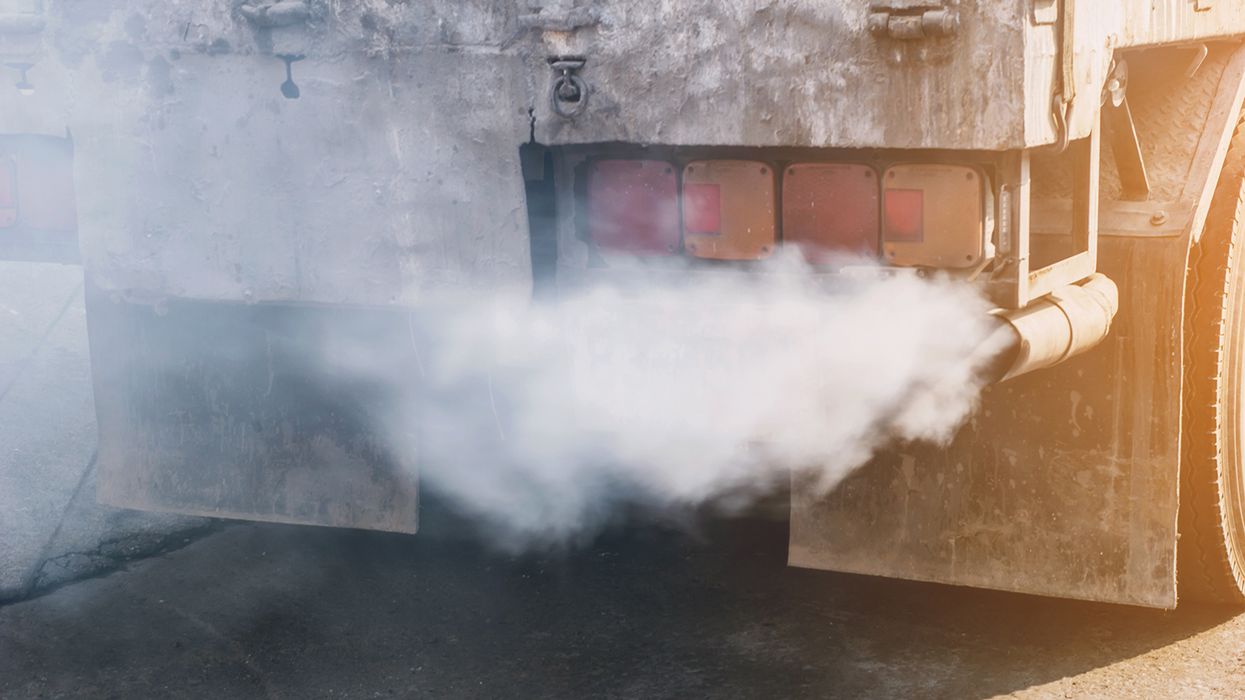The hidden dangers of transporting employees and ways to reduce risk
Transporting employees without meeting regulatory minimums could be disastrous if a crash occurs. Imagine that six of your employees are killed one morning while being transported to work in your 15-passenger van. This is the reality for one employer that allowed an unqualified driver behind the wheel, exposing the company to multiple potential nuclear verdicts.
To minimize the risks associated with providing employee transportation employers must adopt best practices and comply with regulatory minimums.
1. Adopt best practices
There is potential liability when operating any vehicle in support of a business. Safety best practices help protect your company even if the operation is not state or federally regulated. To reduce risk, consider:
- Using a non-DOT qualification process for non-regulated drivers,
- Implementing driver- and road-facing dash cams to coach drivers,
- Adopting continuous motor vehicle record (MVR) monitoring for alerts of any changes to a driver’s record,
- Utilizing the North American Fatigue Management Program (NAFMP) which provides free education and tools.
2. Determine safety regulation applicability
There are a few aspects of an operation that determine the applicability of regulations.
Interstate versus intrastate: Establish if your vehicle(s) meet(s) the interstate or intrastate definition of a commercial motor vehicle (CMV).
The Federal Motor Carrier Safety Regulations (FMCSRs) apply to interstate carriers with a vehicle that:
- Operates in any public area, across state borders, or otherwise supports interstate commerce; and
- Weighs 10,001 pounds or more, rated or actual; or
- Is designed or used to carry more than eight passengers including the driver, for compensation, or more than fifteen passengers including the driver, not for compensation (employees must not pay any amount); or
- Hauls hazardous materials requiring placards.
If operating only within state borders and not as part of interstate commerce, verify if vehicles meet the state definition of a CMV and which regulations apply. Some states adopt most FMCSRs. Others use their version of safety rules and may have a different threshold at which the rules apply. Determining state compliance is difficult because regulations can vary significantly. Consult an expert if in doubt.
Private or for-hire: Applicable regulations do not vary significantly between for-hire (receive compensation) and private carriers when operating interstate. However, in some states, private and for-hire carriers have different passenger capacities or weights at which safety regulations apply.
Commercial Driver’s License required (CDL) versus non-CDL vehicle: The CMV definition above applies to CDL and non-CDL CMVs. A CDL with a “P” or passenger endorsement is required when operating a passenger vehicle with:
- A rating or actual weight of 26,001 pounds or more; or
- A rating to carry more than fifteen passengers, including the driver.
Parts 382 (DOT drug and alcohol testing) and 383 (CDL) apply to CDL vehicle drivers operating interstate or intrastate.
Some states like California and New York require DOT-like drug and alcohol testing of certain non-CDL passenger-carrying vehicle drivers.
3. The risks of transporting employees
Operating smaller vehicles to provide a ride to work seems like it should not create much liability exposure. However, there are significant risks of failing to comply with regulations and keep passengers safe such as:
- Potential nuclear verdicts if found negligent in post-crash litigation,
- Federal or state DOT audit violations, fines, and penalties, and
- Loss of current and prospective customers after headline-grabbing crashes.
Key to remember: Employers who transport employees must follow the applicable regulations and use safety best practices to reduce risk and be more defensible.

